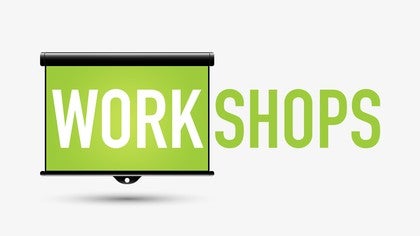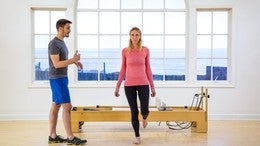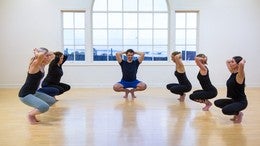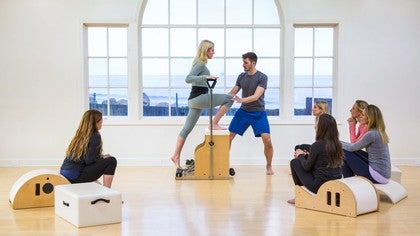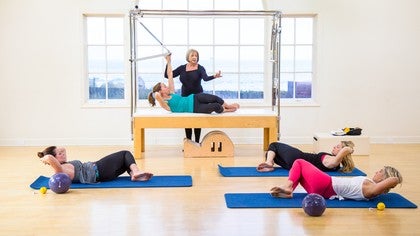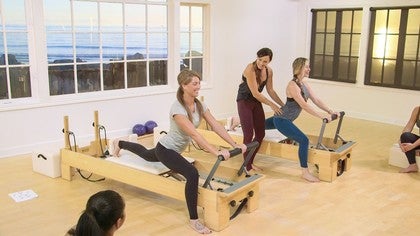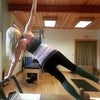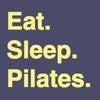Premium Continuing Education workshop
You can view a 2 minute preview. For details, scroll down below the video.
Description
Objectives
- Learn progressions that will allow you to build strength and improve mobility in a safe way
- Learn how to make your body resilient to multi-dimensional challenges
- Learn how you can communicate with your body to distribute load in a safe way
About This Video
Continuing Education Credits
If you complete this workshop, you will earn:
1.0 credits from National Pilates Certification Program (NPCP)
The National Pilates Certification Program is accredited by the National Commission for Certifying Agencies (NCCA)
Workshops: Teaching Methodology
Comments
You need to be a subscriber to post a comment.
Please Log In or Create an Account to start your free trial.
